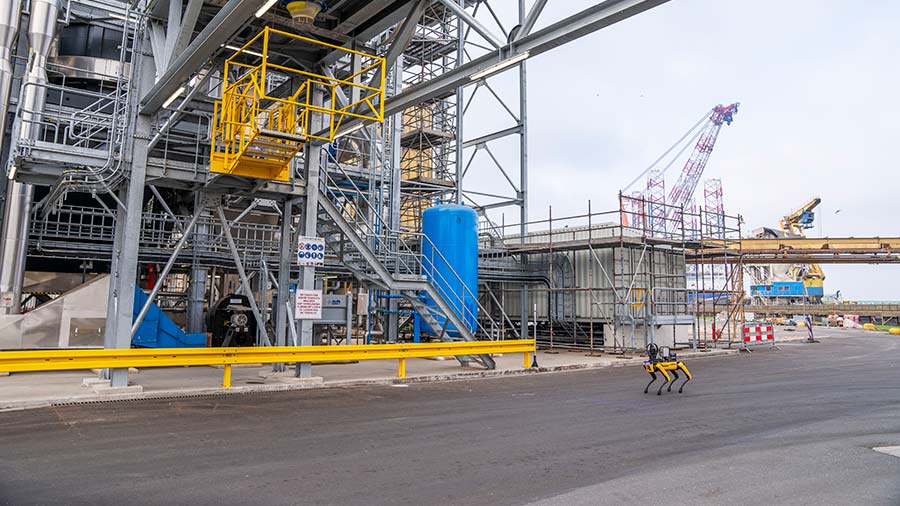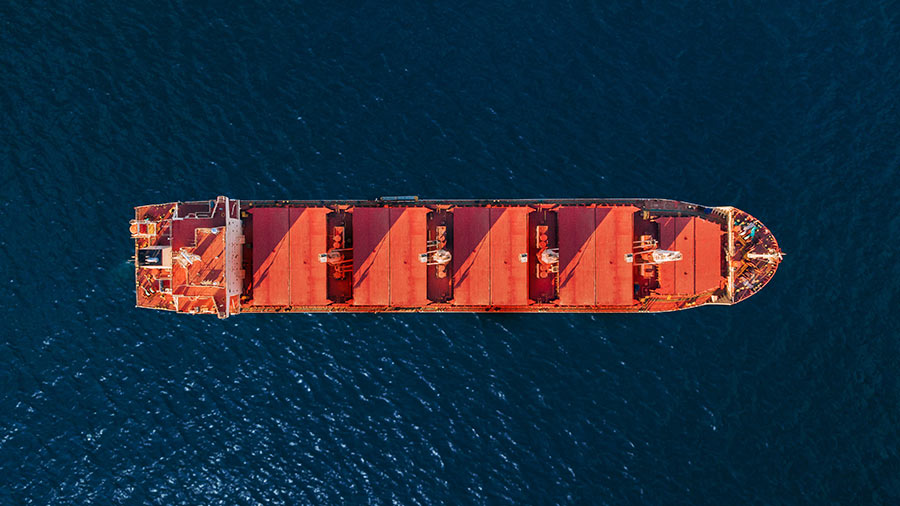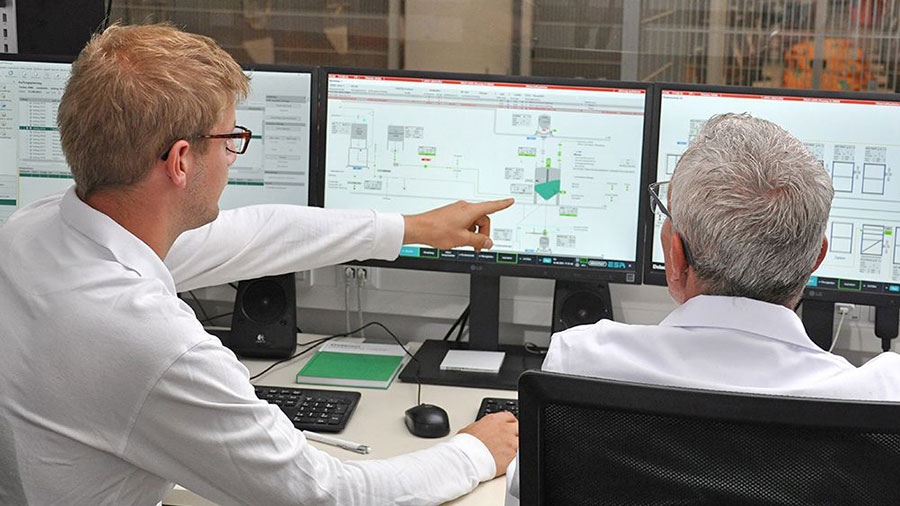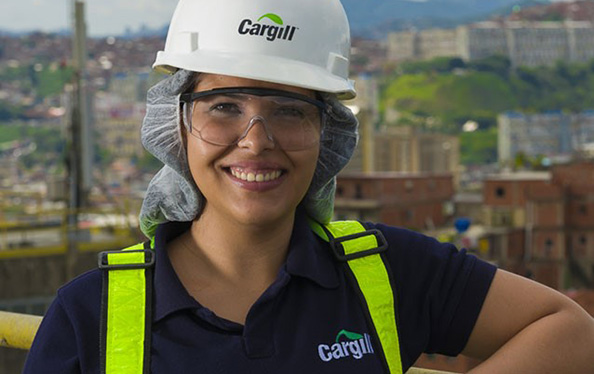How Cargill is reinventing operations to build a more resilient food system
Key Takeways
- Cargill is embedding smart operations across its business to reduce risks, empower teams and strengthen the systems that produce and deliver food every day.
- Advances in innovation including AI-driven inspections, smart maritime logistics, and automation at scale are keeping our plants safer and food moving, shaping a stronger, more dependable future for the world’s food supply.
From storms at sea to sudden plant shutdowns, the global food system faces constant risks. Yet every day, millions of people depend on it to work flawlessly. We know reliability requires continuous innovation and resilience built into every link of the supply chain.
That’s why we launched our Factory and Operations of the Future initiative — a global effort to modernize how food is made, moved and delivered. Across more than 1,000 facilities in 70 countries, we’re embedding automation, robotics, AI and predictive analytics to strengthen supply reliability, food safety, sustainability and workforce development.
Here are three examples in action.

"Spot"-ing issues keeps our plants safer and more reliable
At our multiseed crush and refinery plant in Amsterdam, a four-legged robot dog named Spot makes thousands of weekly inspections. During a recent overnight shift, Spot’s thermal scan detected that the decanters — equipment used to separate liquids from solids — were running above safe operating limits, triggering an automatic alert. The maintenance team reviewed the alerts and, within minutes, operators adjusted the settings back to safe levels.
Built by Boston Dynamics, Spot represents the next generation of industrial safety and predictive maintenance. Performing more than 10,000 weekly inspections — capturing thermal, acoustic and visual data — Spot’s AI-powered insights help our teams catch issues early and focus their expertise on oversight, analysis and problem-solving. The result: fewer disruptions, safer work for employees and more reliable supply chains.
“Smart tools like Spot give us a new level of confidence in our operations. We’re protecting our people, preventing downtime and keeping essential food supplies moving when it matters most,” says Alexis Cazin, Cargill's Agriculture & Trading leader for Europe, Middle East and Africa.

Optimized shipping routes reduce disruption at sea
Resilience isn’t just built inside our plants. It also extends across the seas. That’s why in 2020, we commenced our partnership with ZeroNorth to deploy voyage optimization software across our operated fleet.
Picture vessels charting the most efficient routes, guided by real-time data and AI, navigating safely through unpredictable weather and congested ports. Nearly all our time-chartered vessels now use this system, which has already cut fuel consumption, lowered costs and kept deliveries on schedule even during turbulent conditions.
“By pairing advanced digital routing with our maritime expertise, we’re reducing emissions, saving fuel and making ocean transport more resilient. It’s how we keep global trade flowing even through unpredictable seas,” says Eric Aboussouan, Cargill Ocean Transportation’s vice president of strategy and digitalization.

Automation at scale in Austria
In Engerwitzdorf, Austria, our Micronutrition & Health Solutions facility hums with precision. Part of Cargill Animal Nutrition & Health, this facility produces the micronutrition solutions animal producers rely on to boost performance, protect animal health and preserve resources. A fully automated transport container system moves raw ingredients to feeding mixers and finished batches to the bagging line. Each month, this state-of-the-art container lifting system moves approximately 42,000 meters in altitude per shift —five times the height of Mount Everest.
The process of picking raw materials, mixing ingredients and loading finished goods is 90% automated: a bagging line fills up to 300 bags per hour, two fully automated narrow aisle forklifts move finished goods to the warehouse, then it’s out the door to outgoing trucks.
All this automation is essential for satisfying the growing demand for plant-based micronutrition solutions in Europe and around the world. In fact, a recent plant expansion completed in September 2025 increased plant capacity by nearly 50%. Operating at full capacity, the products produced in this facility could be added to up to 200 million tons of feed per year for a wide range of animals around the world.
Accuracy is also paramount, which is why an in-house lab performs over 25,000 analyses on raw ingredients and finished products per year, ensuring product quality and avoiding contamination events.
“Automation is transforming how we operate, enhancing worker safety and enabling our teams to deliver more volume with greater precision every day,” says Klaus Pollmann, director for the Engerwitzdorf facility. “It’s a leap forward in how we’re able to support animal health and performance around the world.”
Building a food system the world can rely on
Resilience isn’t just about technology. It’s about trust and about people. By embedding smart operations across our business, we’re reducing risks, empowering our teams and strengthening the systems that deliver food every day.
At Cargill, innovation is never for its own sake. These advances are what keep food on the table and how we keep it moving today while shaping a stronger, more dependable future for the world’s food supply.
Workplace safety
Find out more about our commitment to continuous improvement in workplace safety.

